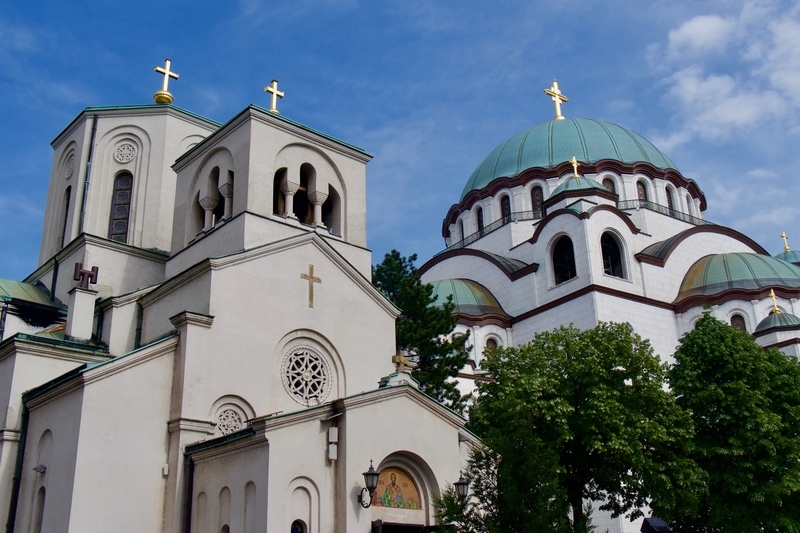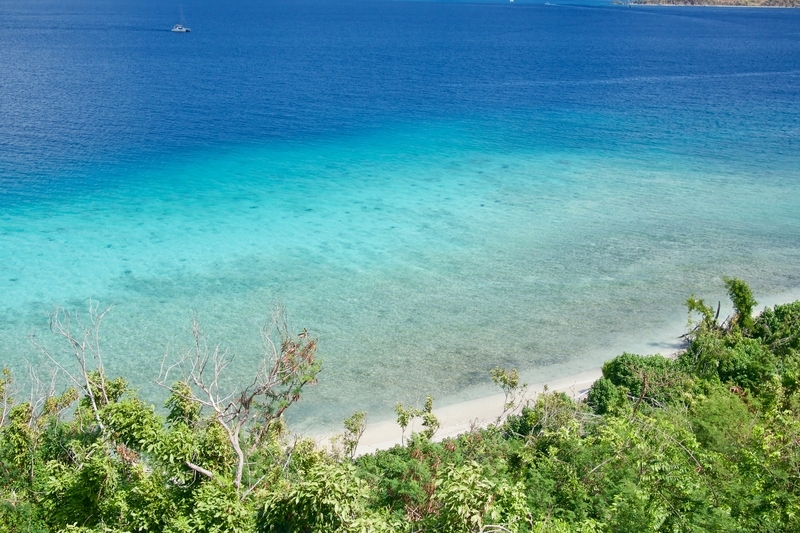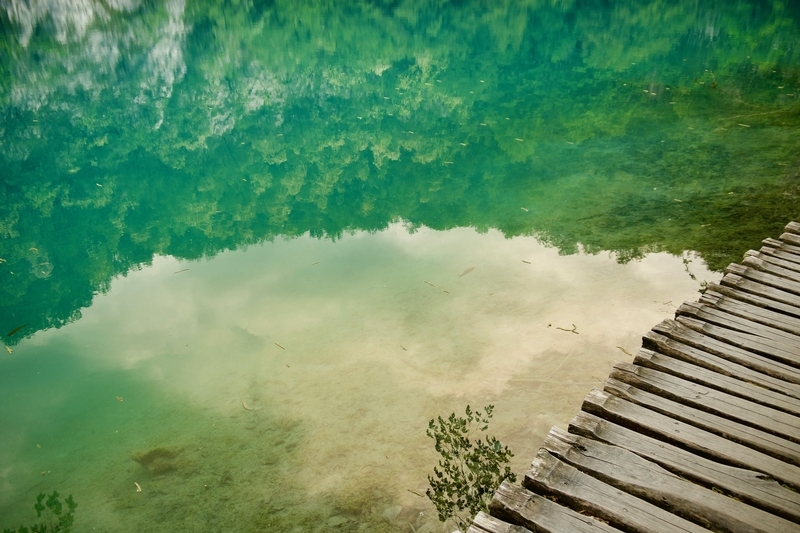
Day Trip to the Plitvice Lakes from Zagreb
While Europe may be best known for its historical monuments and architectural achievements, the continent’s natural wonders should not be missed. From soaring mountain peaks to white sand beaches and from thundering waterfalls to idyllic farmlands, this small continent of over forty individual countries takes years–if not decades–to discover.
I’ve been to Europe more times than I can count. And each time–whether I’m visiting the same country for the thirtieth time, or setting foot in a completely new place–I’m left awestruck by the continent’s spellbinding beauty, its rich history and its diversity of landscapes.
In May, after a long weekend in Venice with Dan, I took the Flixbus to Zagreb in order to see the blue-green waters of the Plitvice Lakes National Park–one of Europe’s most beautiful natural wonders.
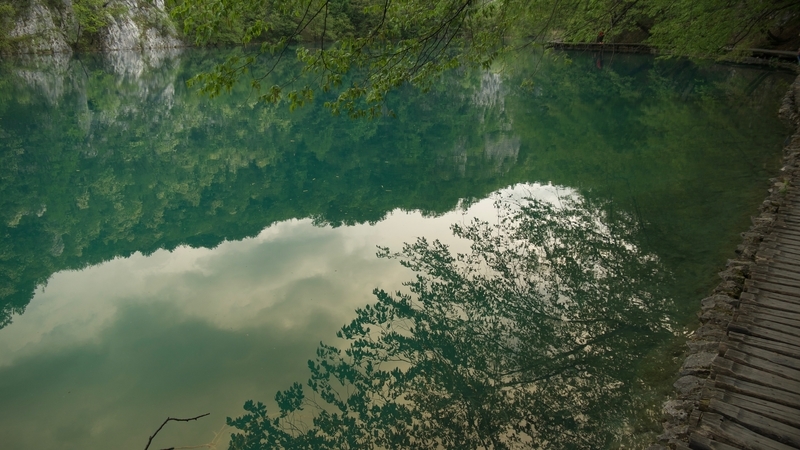
When I visited Croatia over a decade ago with my family, our itinerary did not afford us enough time to stray away from the country’s coastline. And so, after three weeks of discovering Croatia’s Medieval towns, its rugged islands and its fortified cities, I promised myself that I’d make it back to the country in order to see the national park for myself.
Zagreb: The Underrated Capital of Croatia
I toured the Plitvice Lakes as a day trip from Zagreb–Croatia’s underrated and overlooked capital. Zagreb lacks the types of big-name attractions that can be found in many other European cities, but it is walkable and manageable and deserves more than the quick glance it often receives.
Despite resting in the shadows of Split and Dubrovnik, I found Zagreb to be a pleasant surprise. The city is home to monumental Austro-Hungarian-style buildings, a charming historical core and the iconic St Mark’s Cathedral–renowned for its uniquely-decorated roof.
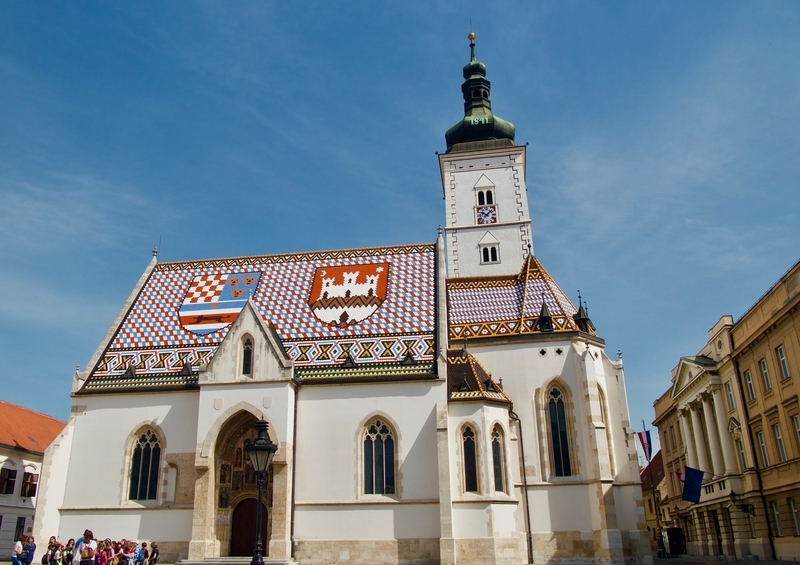
My self-guided day tour of Zagreb focused on the cathedrals, plazas and narrow lanes that lie within the city’s compact historic core. Downtown Zagreb is split into two sections: the small and picturesque Upper Town and a newer, sprawling Lower Town. In Zagreb’s Upper Town, red roofed houses line narrow cobblestone streets, peppered with church spires and pastel buildings. Below, the Lower Town’s wide avenues boast a mash-up of secessionist, neo-baroque and art-deco buildings.
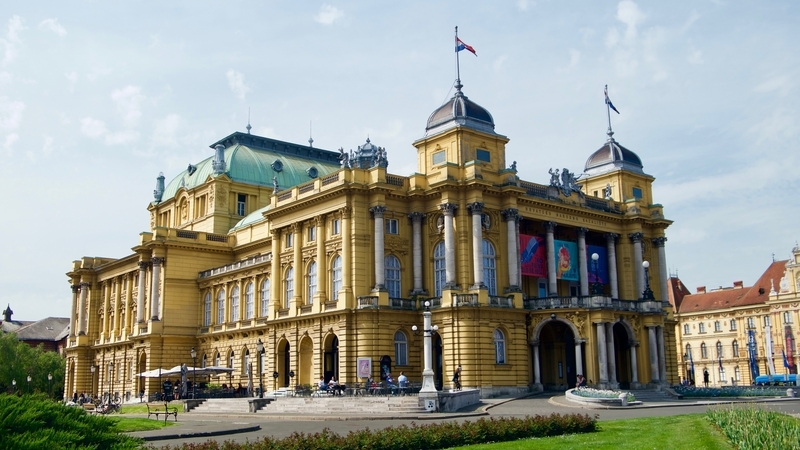
During my two days in Zagreb, I stayed at the Chillout Hostel. Positioned just a stone’s throw away from the Upper Town, the hostel’s central location is ideal. The Chillout Hostel is clean, affordable and centrally located. Were it not for the hostel’s raging party scene, I would have found it to be the perfect base for my travels.
Due to my limited time in Central Croatia, I chose to join the Chillout Hostel on a day trip to the Plitvice Lakes. In truth, I would have loved to experience the scenery at my own pace and perhaps spend the night nearby. But with limited time and a dearth of public transportation, I found the day tour to be my best option.
Plitvice Lakes Day Trip from Zagreb
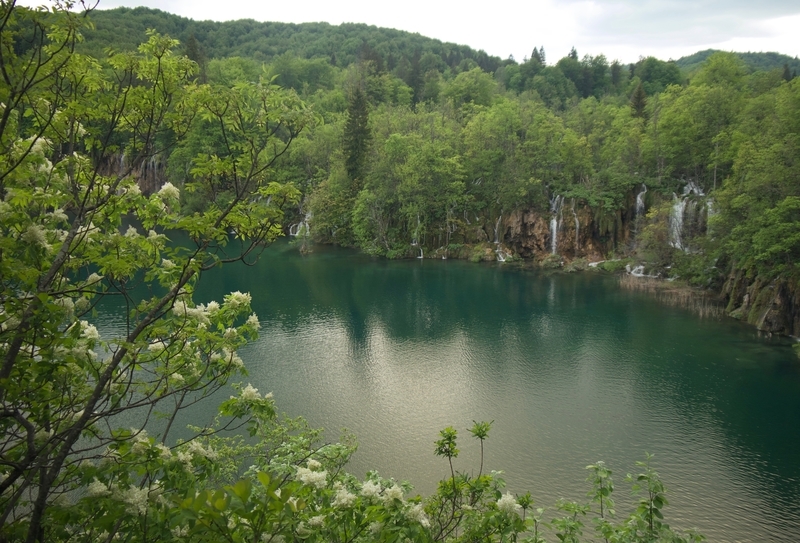
Our day trip to the Plitvice Lakes began with a visit to Rastoke. Located just an hour and a half outside of Zagreb, this small community is known for its lattice of rivers and waterfalls.
Rastoke sits at the confluence of the Slunjcica and Korana Rivers, which flow into a series of waterfalls and pools throughout town. The geological phenomenon at Rastoke has led many to refer to the town as “Little Plitvice.”
Rastoke is known for its 18th century flour mills and homes built in traditional architectural styles. Today, the village houses a few small hotels and restaurants and is a frequent pit-stop en-route to the national park.
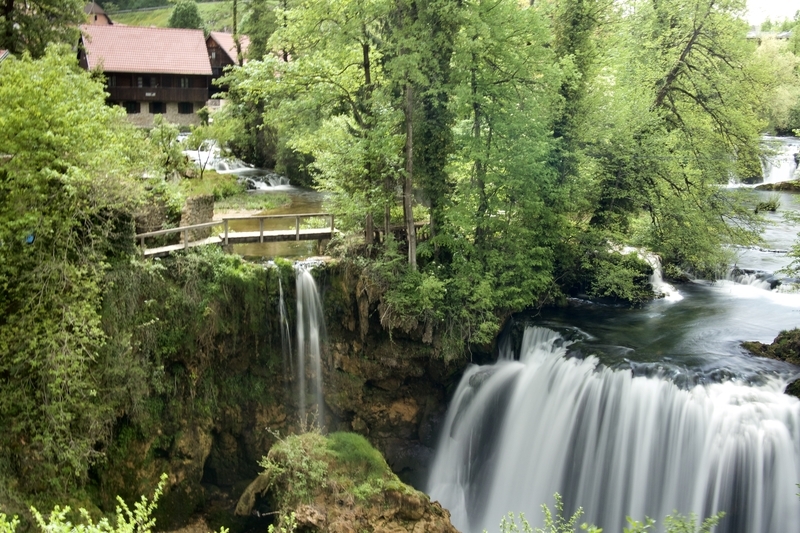
After a half hour of walking around and photographing Rastoke, we continued onward, to the Plitvice Lakes.
The Plitvice Lakes are gorgeous and the photos don’t lie (unless, of course, they feature empty walkways or crowd-free vistas). The national park is by far Croatia’s top natural attraction and the undeniable highlight of the country’s hinterland.
Within the boundaries of this leafy park, waterfalls and cascades tumble into a string of sixteen crystalline lakes that reflect their surroundings like mirrors.

The unique geology of the Plitvice Lakes is the result of several subterranean rivers that flow together and form pools. When moss, algae and bacteria float down the rivers, they create natural travertine dams that separate the interconnected lakes. The encrusted plants and bacteria accumulate on top of each other, forming barriers that grow about half an inch per year.
The lakes are renowned for their distinctive colors, ranging from azure to green and from grey to turquoise. The colors of the pools change constantly, depending on the angle of sunlight and mineral composition of the water.

When I last visited Croatia in 2007, the country was only beginning to come into its own as a tourist destination. But Croatia is no longer an undiscovered gem. And today, there’s no doubt that the Plitvice Lakes are crowded.
Yet, as with my visit to Venice a few days prior, I found that the crowds in the park were a small price to pay for the reward of visiting the falls.
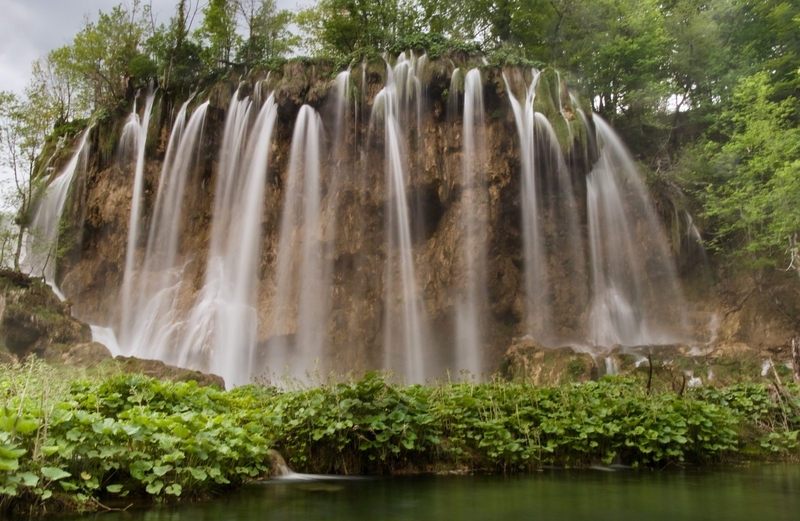
Entrance to the Plitvice Lakes National Park costs €7.50 in the low season (November through March), €20 from April to June and €34 euros in July and August.
Visiting in mid-May, meant that I was able to avoid peak season prices, while still enjoying pleasant weather. And while we certainly encountered many tourists in the park, I realize that visiting in July or August would have been much worse.
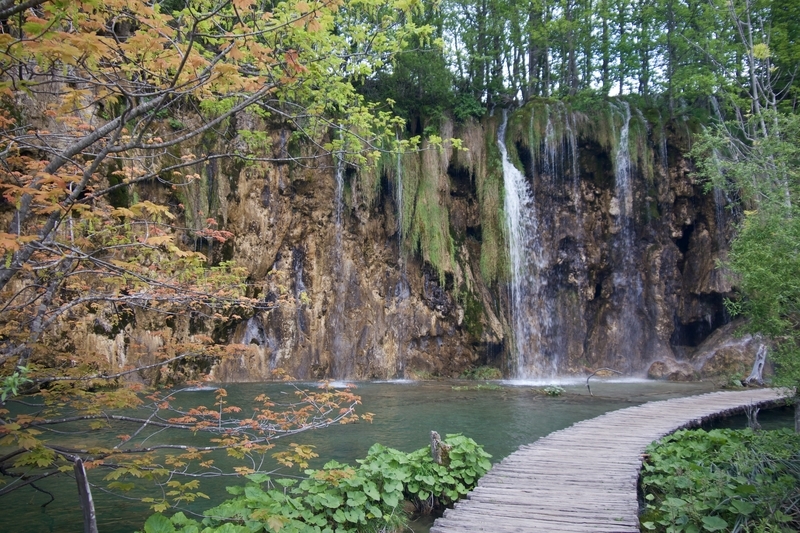
My day trip to the Plitvice Lakes allowed me to escape into a wonderland of picturesque waterfalls, glassy lakes and flowering trees. Crowds aside, walking through the lush valley of terraced lakes and pleasant walkways was like stepping foot into a fairy tale. Along the park’s zigzagging pathways, the world of cars and concrete seemed a million miles away.
The Plitvice Lakes are stunning, tranquil and spellbinding.
They are a reminder that, while Europe may be best known for its architectural achievements and world-class cities, the continent’s natural attractions are first-rate, too.
